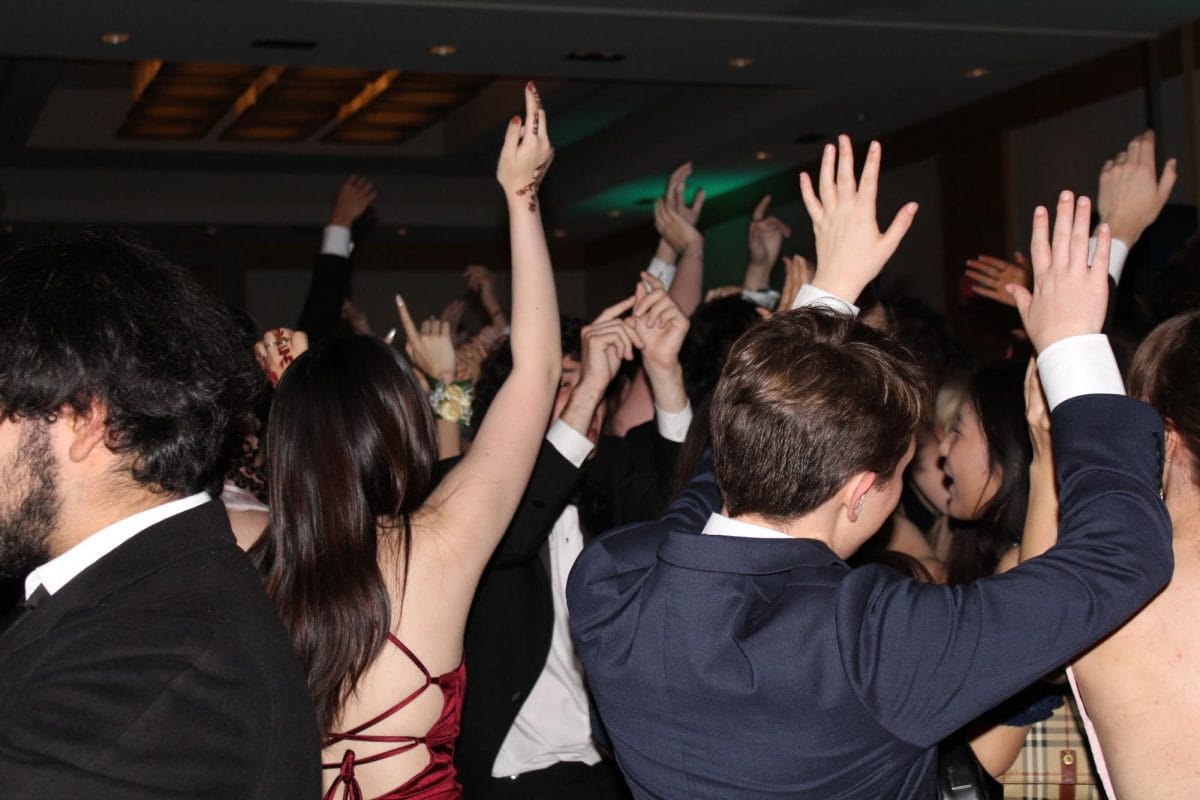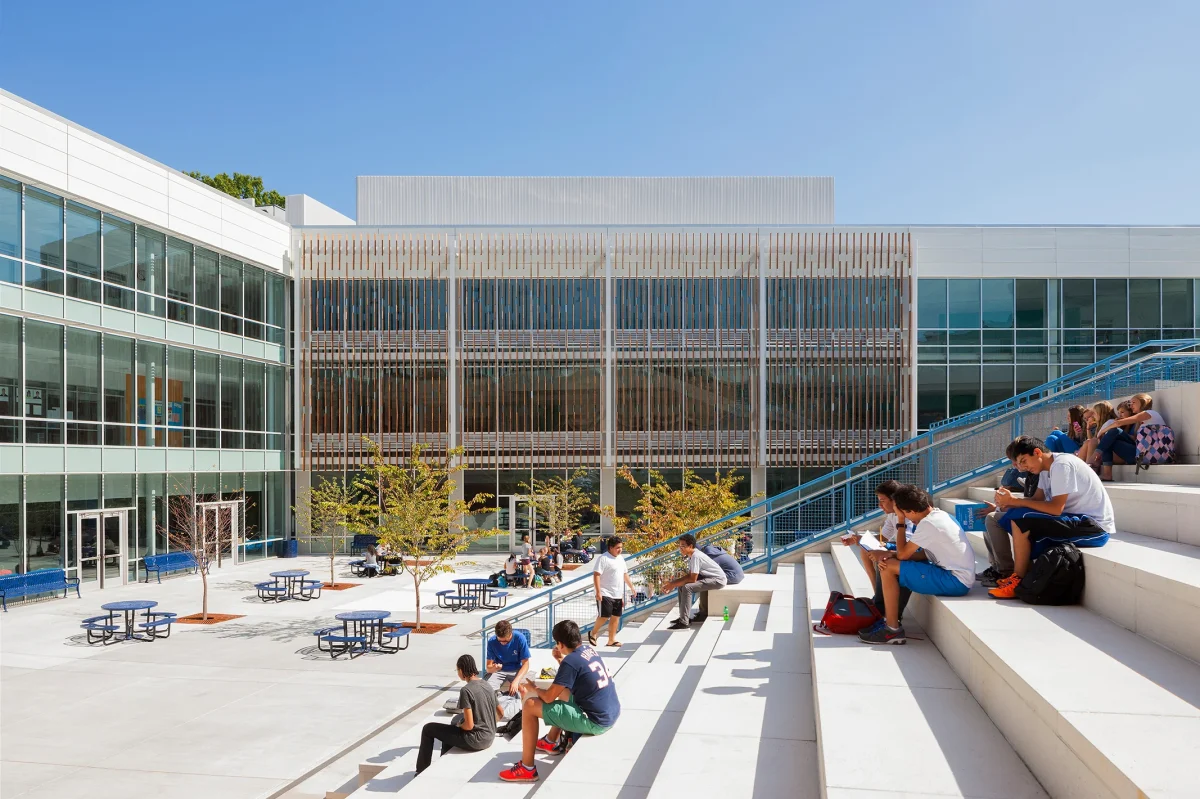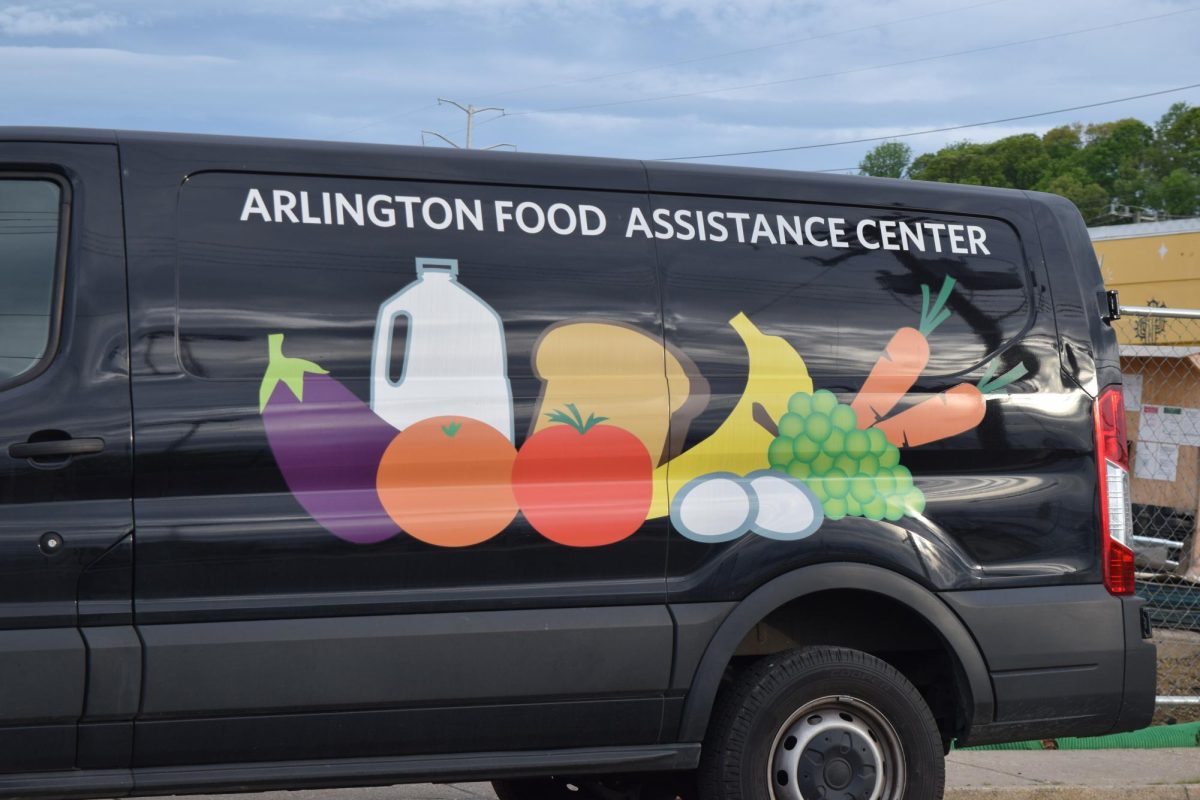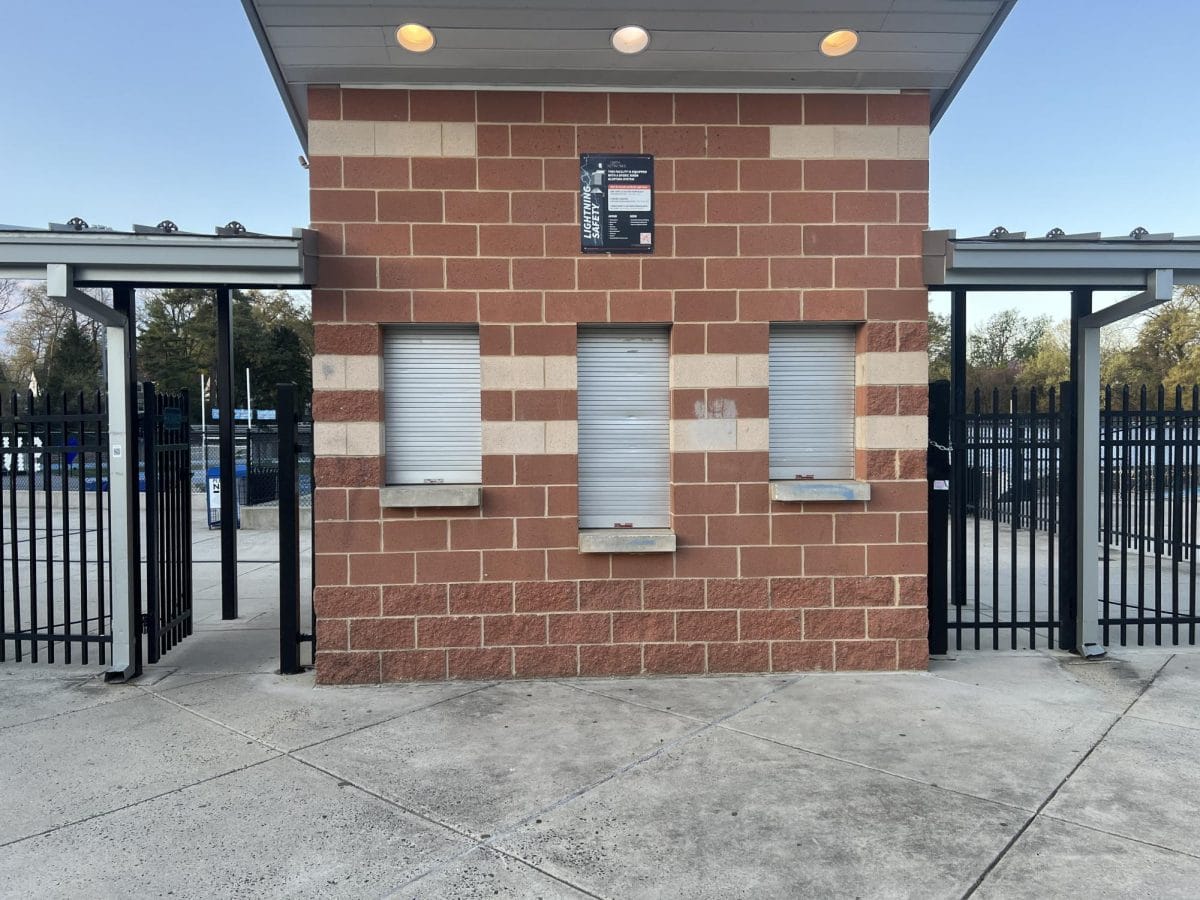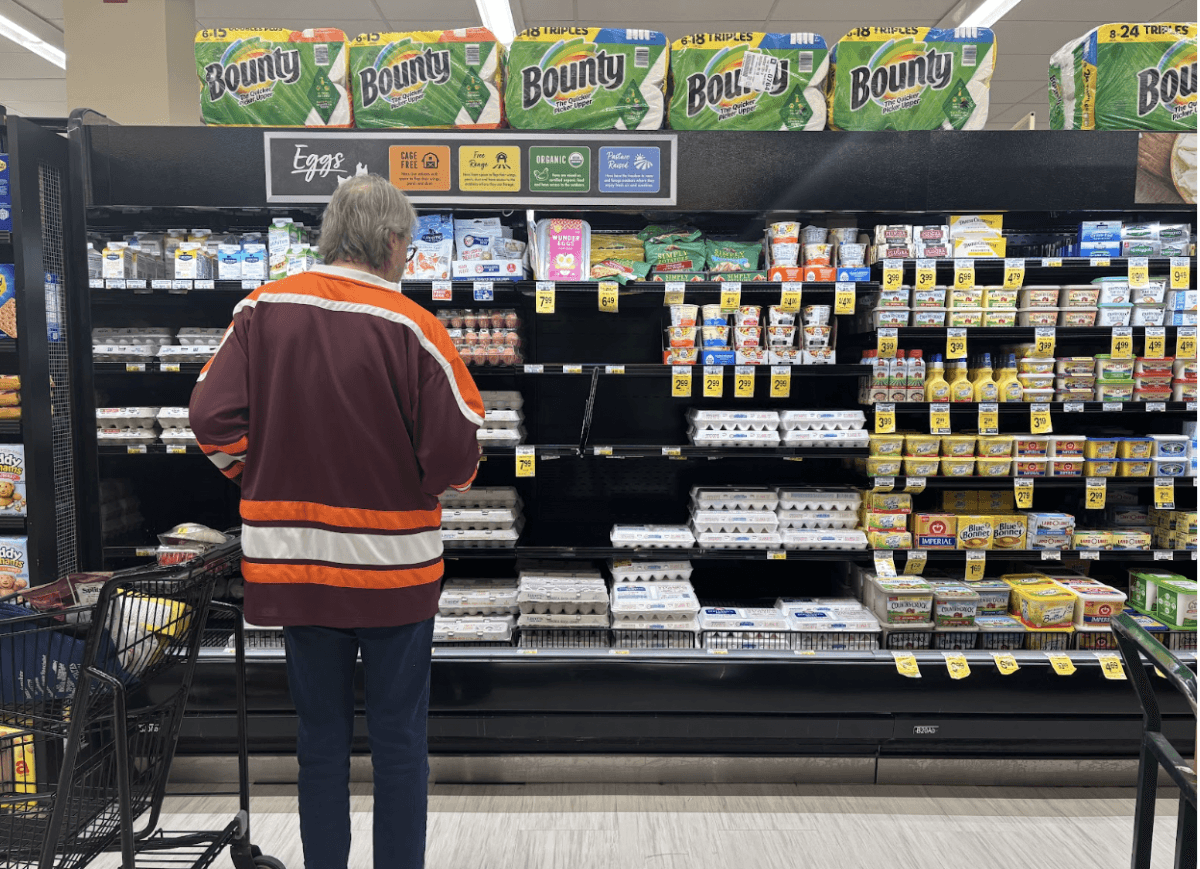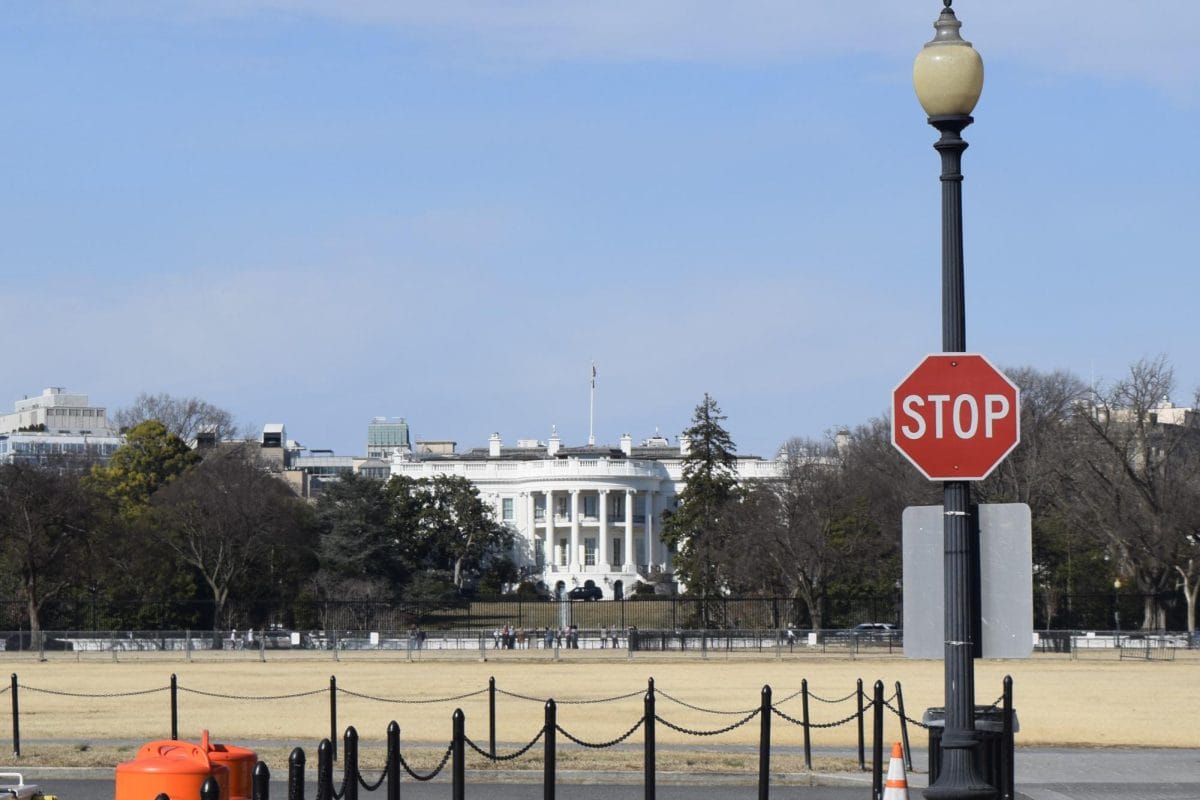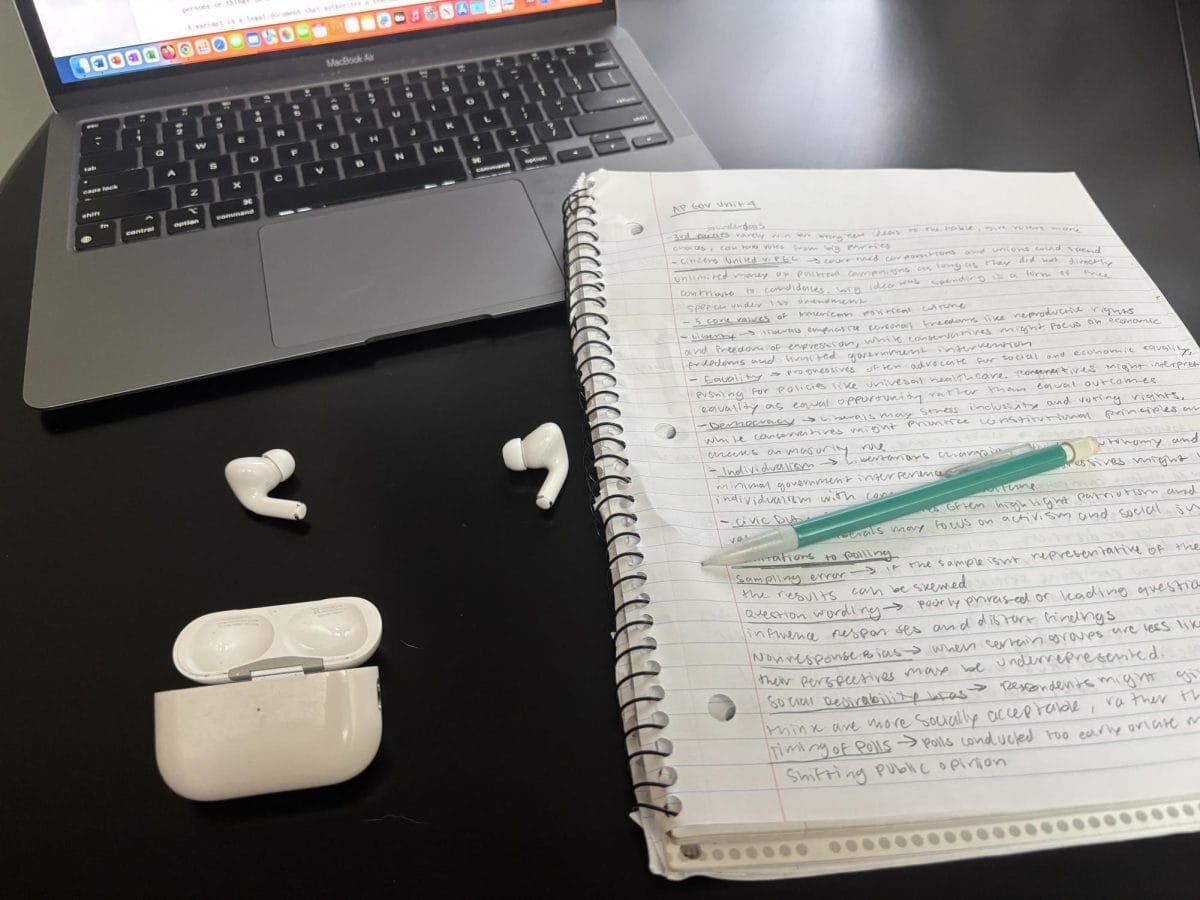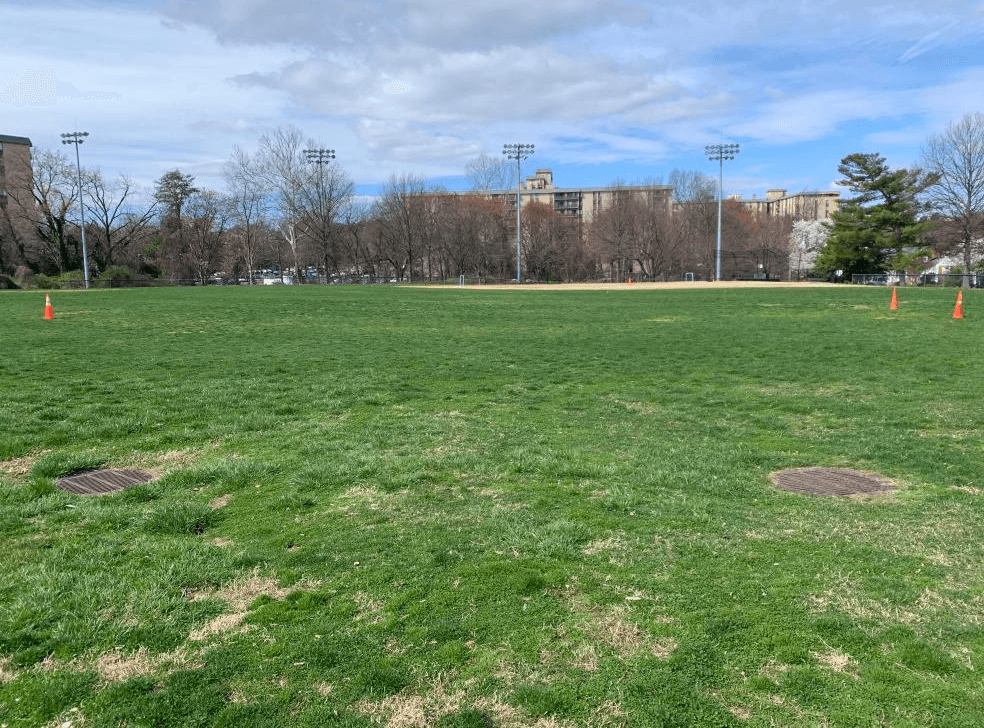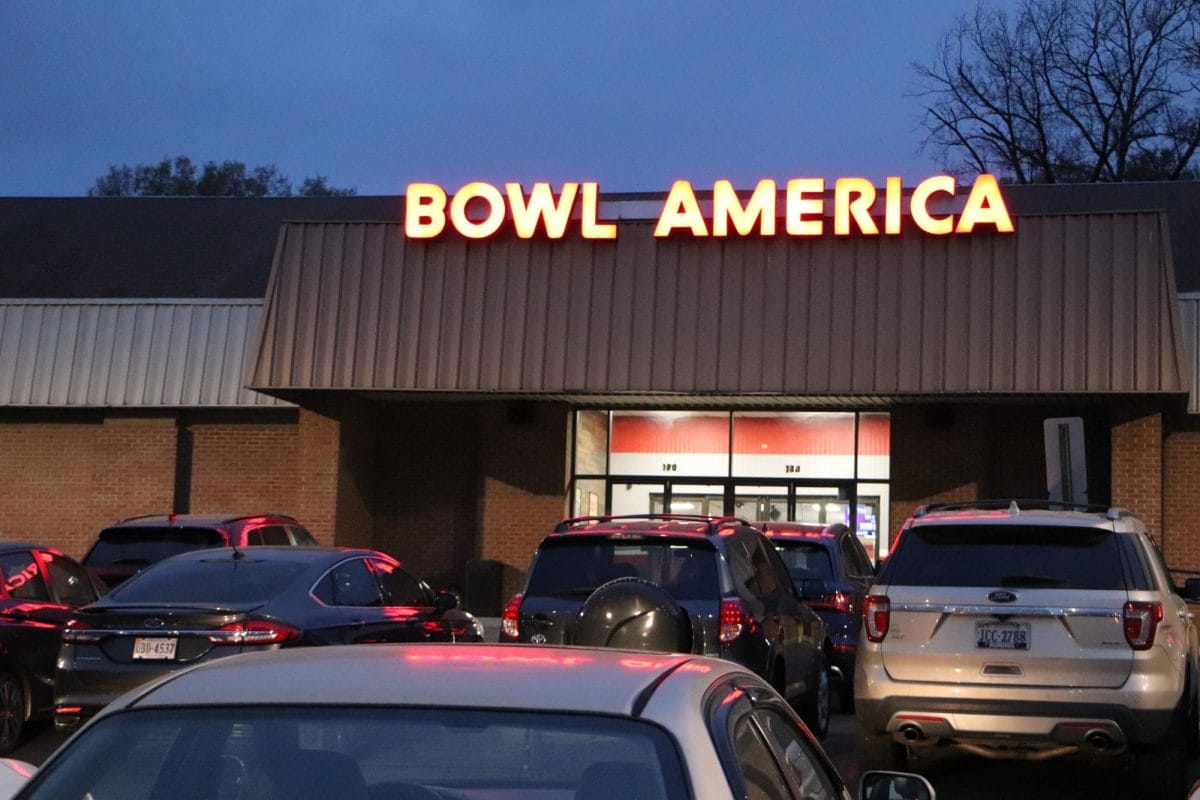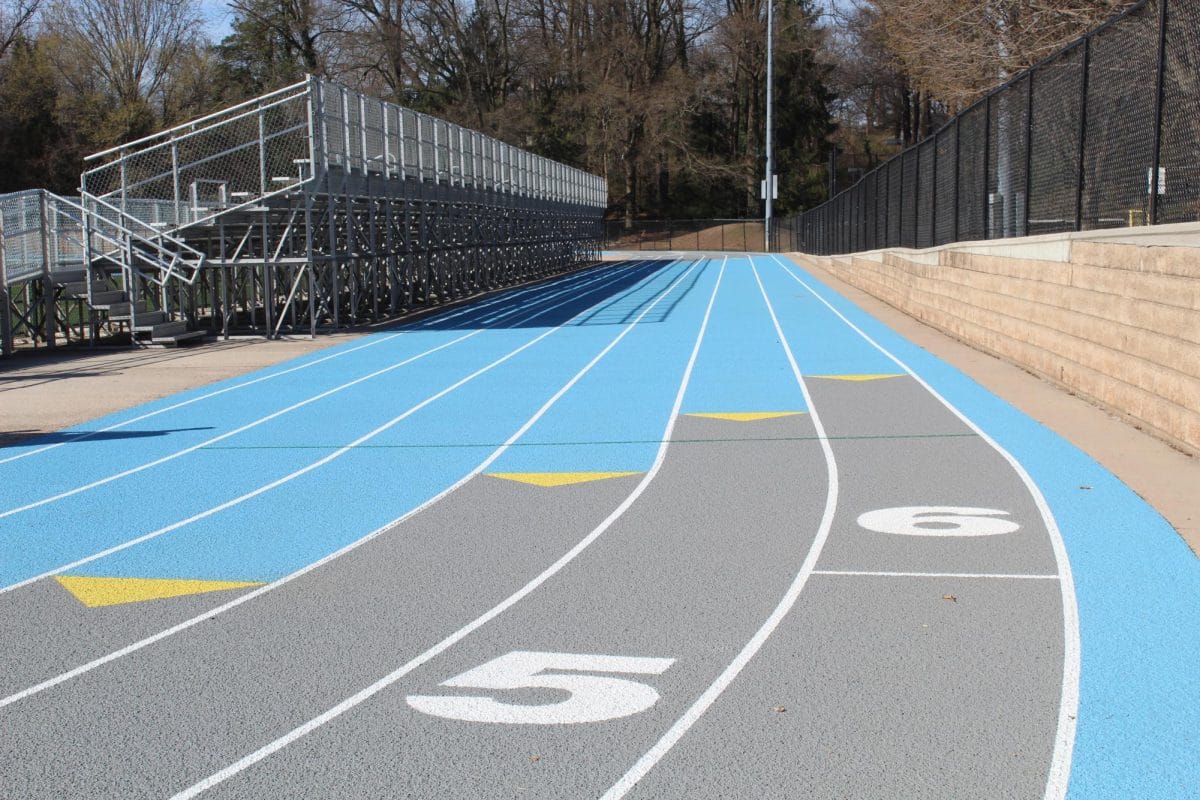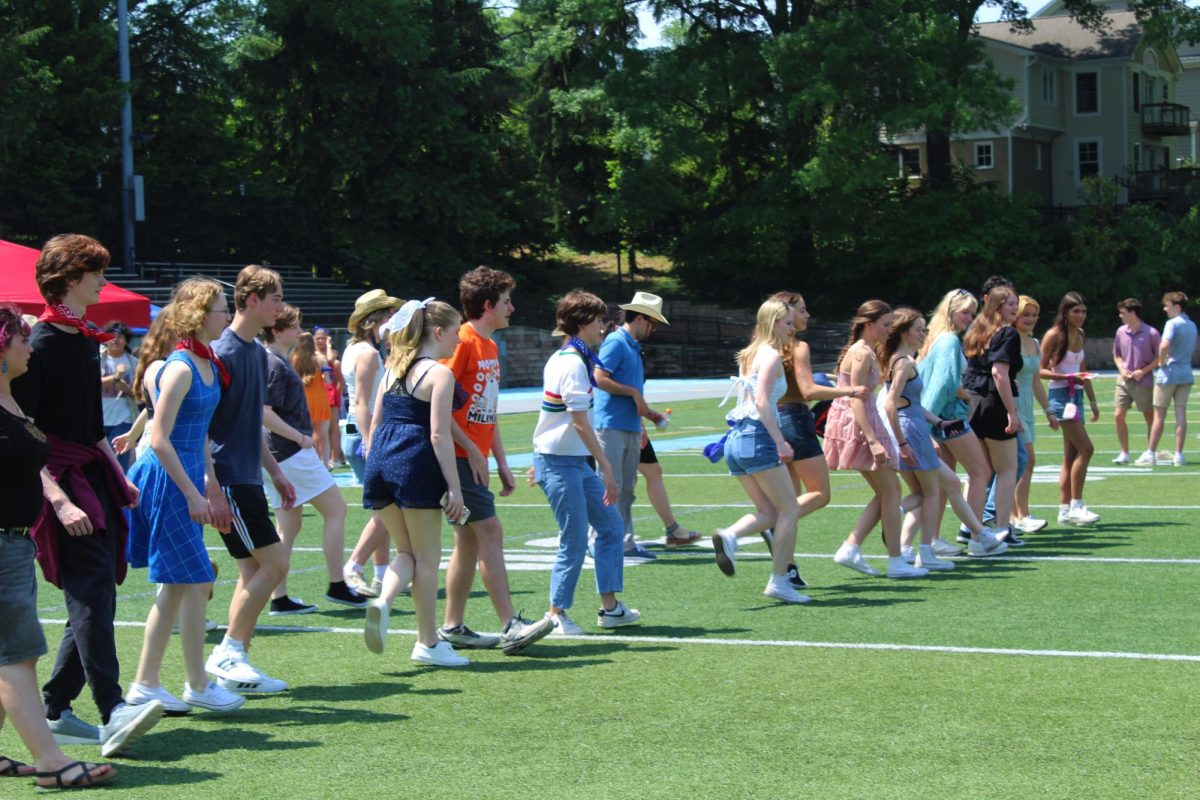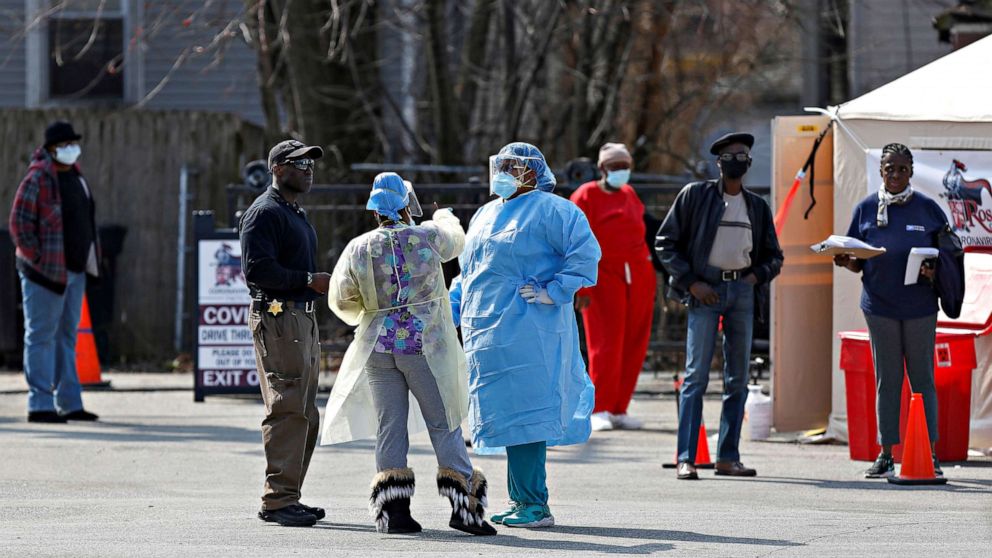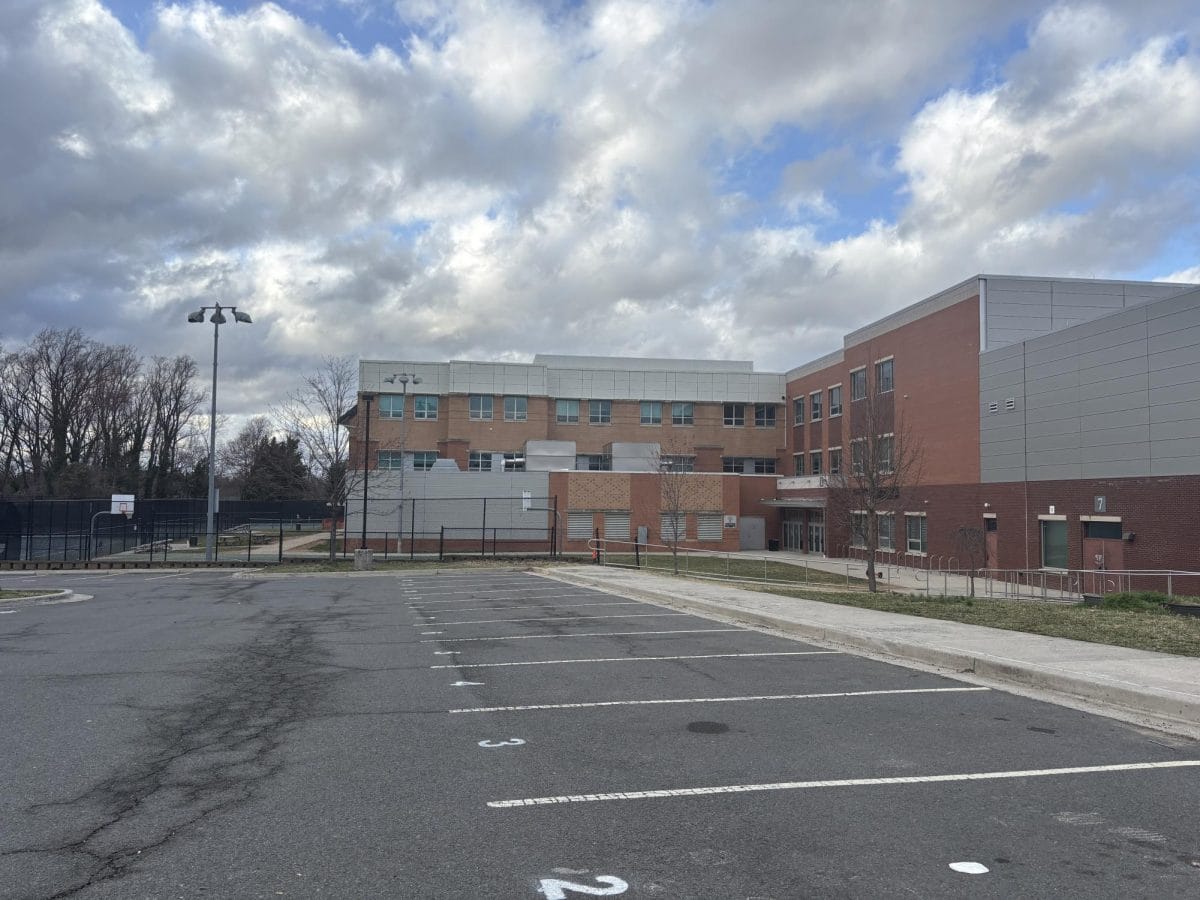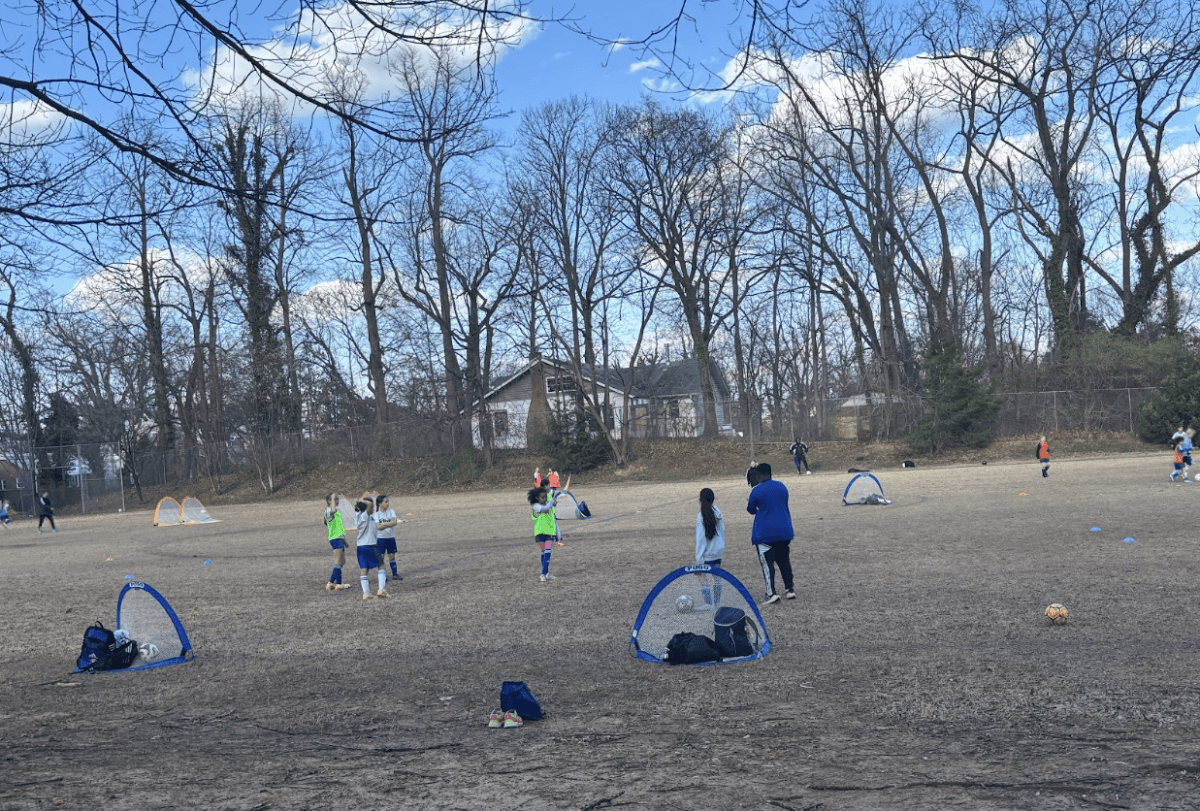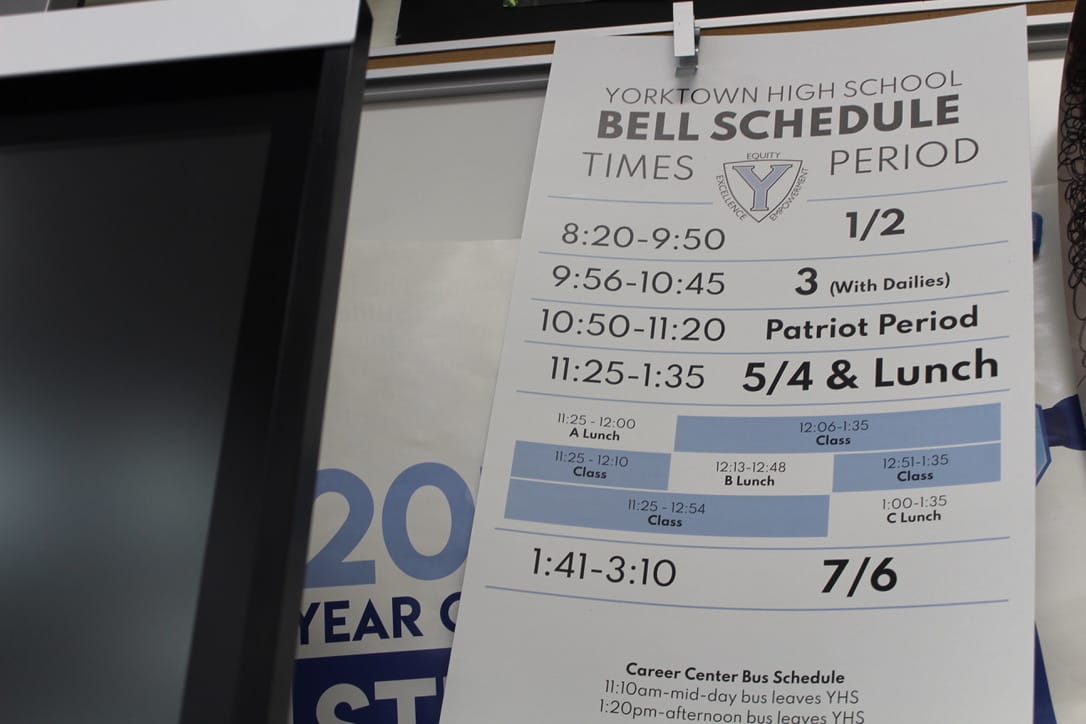As the coronavirus continues to spread, one thing has become increasingly clear: it does not discriminate on the basis of race, but the United States undoubtedly does. This pandemic is exposing the deep-rooted socioeconomic and racial inequalities that affect marginalized communities while the Trump administration tries to sweep the staggering statistics under the rug.
The virus has been described as an equalizer, no matter how rich, smart or powerful, people from all walks of life are susceptible. Yet as hospital supplies dwindle and emergency rooms fill up, it has become evident that it is not an equalizer but rather a divisor of our nation. The limited statistics released by the Center for Disease Control and Prevention (CDC) paint a gruesome picture for communities of color. While African-Americans only account for 18% of the country’s population, they make up 33% of COVID-19 cases. Worse, in cities like Milwaukee, African-Americans account for up to 90% of deaths while being less than 50% of the population.
While President Donald Trump plays ignorant to the causes of the disparities, feigning surprise at press conferences when confronted with these statistics, the root of this division is simple. The pandemic did not create these issues but has rather exacerbated a long-standing precedent of social, economic and racial discrimination in American institutes. For President Trump to acknowledge these factors would be an acknowledgment of the cracks already present in our country, which is unlikely considering his belief his ascendency relies on a successful economy.
The lack of outright acknowledgment by the government is causing grave consequences for those most at risk. Without admission, a plan of action to combat the institutionalized inequality can not begin to be enacted. Marginalized citizens need more than blanket statements and shallow promises of change. This laissez-faire attitude sends the callous message that the government simply does not care for people of color.
COVID-19 is most lethal to those with preexisting conditions and African-Americans are more likely to have a condition like diabetes or hypertension according to the CDC. This can be pinned on several factors that have occurred for generations including, but not limited to, food scarcity, inadequate healthcare facilities and lack of insurance. During this time, it should be a given the government is working to close these gaps. Yet the lackluster stimulus package is akin to a Band-Aid on an open wound. Drastic measures must be taken to repair decades upon decades of inequality, however, that is further from the case.
American citizens, under a certain wage bracket, will receive a one-time check of up to $1,200. This pitiful attempt to rectify damages caused by the pandemic will do very little for communities of color. Systematic change is needed, now more than ever. Health care institutes are not receiving the aid necessary to treat the staggering flow of patients, especially those in impoverished areas where a concentration of people of color reside. The stimulus package is not accounting for these disparities or any other existing inequality, like food deserts. Without a solid plan of action, infection rates and deaths are sure to skyrocket.
While African-Americans are more likely to die from the virus, they are also, according to Johns Hopkins University, about six times more likely to catch it. This comes from the lack of self-isolation in those communities. While the government is suggesting all but essential workers stay home, this is not plausible for many people of color. Recommendations of self-isolation are harder to practice for adults of color considering a majority hold $16,000 or less in savings on average according to the Federal Reserve Board. This hinders them from going long periods of time without a steady income, therefore increasing the risk of infection. Moreover, the large majority of essential workers are in fact minorities as stated by the U.S. Census Bureau.
These issues have existed long before the pandemic, and as the virus continues to spread more and more marginalized citizens will fall victim. The Trump administration is failing to realize the extensive impact that will be left on communities of color. Unless action is taken soon, the preexisting structural insecurities of American institutions will be the downfall of our citizens of color.




